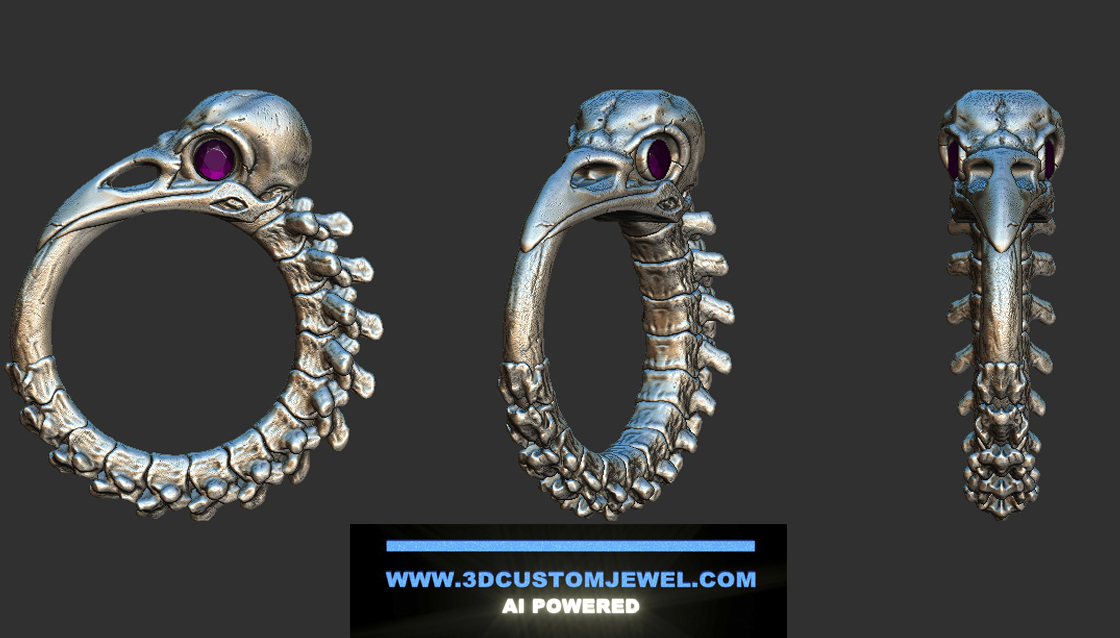 This explanatory note stems from the experience of having received numerous budget requests without the necessary data.
This explanatory note stems from the experience of having received numerous budget requests without the necessary data.
Let’s consider the case where you want a quote for a 3D design of a diamond ring: you proceed to send us a photo, which gives us an approximate idea. However, it’s important to remember to provide details such as the finger size, the dimensions of the stones if you have them, and the material it will be cast in. Regarding the stone dimensions, it’s essential to consider that sometimes their proportions do not match those in the photo, which could substantially alter the appearance of the ring. In the case of the metal, the need to know it is because creating a ring that will later be made in silver, for example, is different from working with gold, as silver is less resistant.
There’s never too much data.
Even the clarification of the client’s intention to have a gold ring with the least amount of metal possible is very relevant, as it affects the approach to the 3D design.
There are other cases, such as pendants with animal figures, which can be made in multiple ways: entirely in 3D, showing natural details from all angles, or what we commonly call 2.5D, where the animal, for example, would be flat at the back, as if it had a cross-sectional cut. This is sometimes used to increase the pendant’s stability on the chest and to save on metal weight.
Other considerations, such as the horse’s breed, the style of the jewelry, whether it will have incorporated stones, and also not forgetting that if the client already has a chain, the upper ring that will hold the horse pendant must have a sufficient diameter for it.
All these details allow us to know from the outset what the actual model and its dimensions are, avoiding revisions that generally, except for very simple matters, tend to affect the final price.
Having worked with hundreds of clients from different countries, we have realized that details that may seem common are not always so. For example, we have encountered clients who have requested pieces that will be enameled, but depending on the type of enamel and the jeweler who will do it, different depths were requested for it, not to mention the use of surface enamel in recent years.
It also happens that some jewelers or factories do not have argon or laser welding technology. As a result, pieces made in parts must take into account that they will be soldered with old torches. It may seem like just a detail, but during manufacturing, it’s not so trivial. At 3dcustomjewel.com, we care about offering a service that considers all manufacturing processes even before starting the 3D design, to provide the best quality/price/service ratio. That’s why when we receive an inquiry, we usually ask all kinds of questions related to the final piece, with the intention of saving time in the realization and, consequently, in its price.


